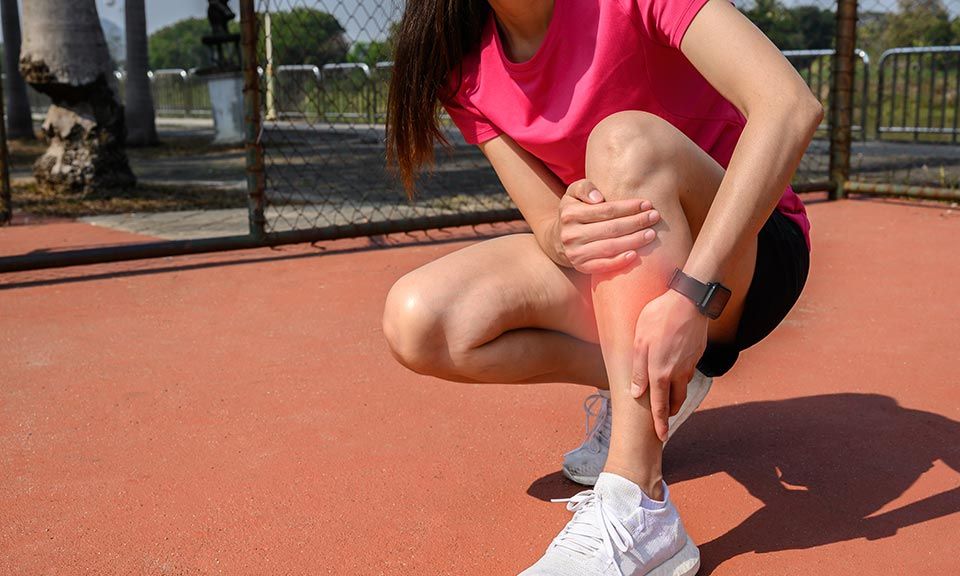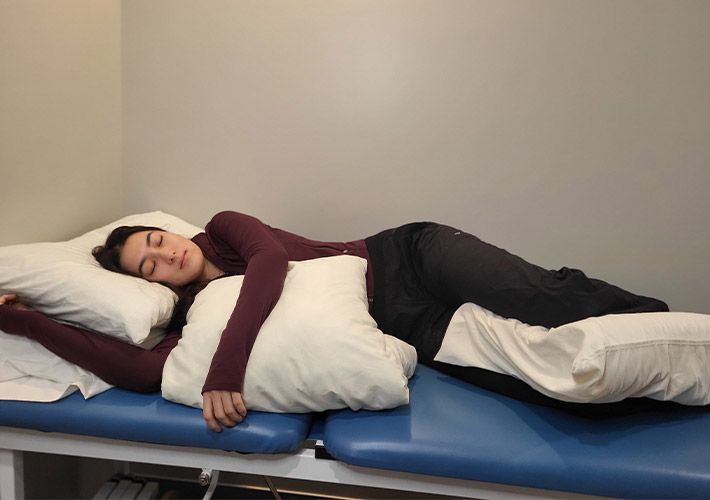Shake the Shin Splints

Summer is the perfect time to lace up your running shoes and hit the trails, roads, and parks. The warm weather and longer days make it an ideal season for outdoor exercise. However, with the increase in physical activity, many runners may find themselves experiencing a common and painful condition known as shin splints. At our Peak Performance, we often see an uptick in patients dealing with this issue during the summer months. This guide will help you understand what shin splints are, their signs and symptoms, how they occur, and most importantly, how to treat and prevent them.
What Are Shin Splints?
Shin splints, medically known as medial tibial stress syndrome, refer to pain along the inner edge of the shin bone which is your tibia. This pain typically occurs due to overuse or repetitive stress on the tibia and the connective tissues that attach muscles to the bone. Runners, dancers, and military recruits are among the most commonly affected individuals.
Signs and Symptoms
The primary symptom of shin splints is a sharp or throbbing pain along the inside of the tibia. This pain may:
- Start as a dull ache during or after exercise.
- Become more intense with continued activity.
- Be tender to the touch.
- Worsen when touching or applying pressure to the affected area.
- Be accompanied by mild swelling.
If you experience these symptoms, it’s crucial to address them promptly to prevent further injury.
Causes of Shin Splints
Shin splints are caused by repetitive stress on the tibia and surrounding tissues. Several factors contribute to this condition, including:
- Overuse: Sudden increases in physical activity intensity or duration can strain the shin muscles and tendons.
- Improper Footwear: Worn-out shoes or those lacking proper support can lead to improper foot mechanics, increasing stress on the shins.
- Flat Feet or High Arches: These conditions can cause improper alignment and added stress on the shinbone.
- Running Surfaces: Hard surfaces, such as concrete, can exacerbate the impact on your shins.
- Poor Technique: Running with improper form can lead to uneven distribution of force on the legs.
Treatment Options
If you’re suffering from shin splints, several treatment options can help alleviate the pain and promote healing:
- Rest: The most important step is to reduce or stop activities that cause pain. Rest allows the tissues to heal.
- Ice: Applying ice packs to the affected area for 15-20 minutes several times a day can reduce inflammation and pain.
- Compression: Wearing compression socks can help reduce swelling.
- Elevation: Elevating your legs can also help reduce swelling.
- Pain Relief: Over-the-counter pain relievers like ibuprofen can help manage pain and inflammation.
- Massage Therapy: Massage can improve blood flow, reduce muscle tension, and promote healing in the affected area.
- Chiropractic Care: Chiropractic adjustments can improve alignment and biomechanics, reducing stress on the shins.
Preventing Shin Splints
Preventing shin splints involves several proactive steps:
- Gradual Increase in Activity: Gradually increase your running intensity and duration to allow your muscles and bones to adapt.
- Proper Footwear: Invest in good-quality running shoes with proper arch support and cushioning.
- Strengthening Exercises: Strengthening your lower leg muscles can help absorb the impact of running. Exercises like calf raises and toe raises are beneficial.
- Flexibility Training: Stretching your calves and shins before and after running can prevent tightness and reduce the risk of injury.
- Running Surface: Whenever possible, choose softer running surfaces, like grass or dirt trails, to minimize impact.
Conclusion
Shin splints can be a painful setback, but with proper understanding, treatment, and prevention strategies, you can continue to enjoy your summer runs without interruption. At our Buffalo chiropractic and massage office, we are dedicated to helping you stay active and pain-free. If you’re experiencing shin splints or any other musculoskeletal issues, don’t hesitate to reach out to us for expert care and advice. Enjoy your running and stay healthy this summer!
Bethany Wolcott
D’Youville Chiropractic ‘26












